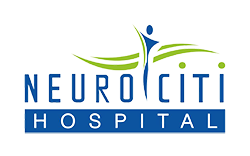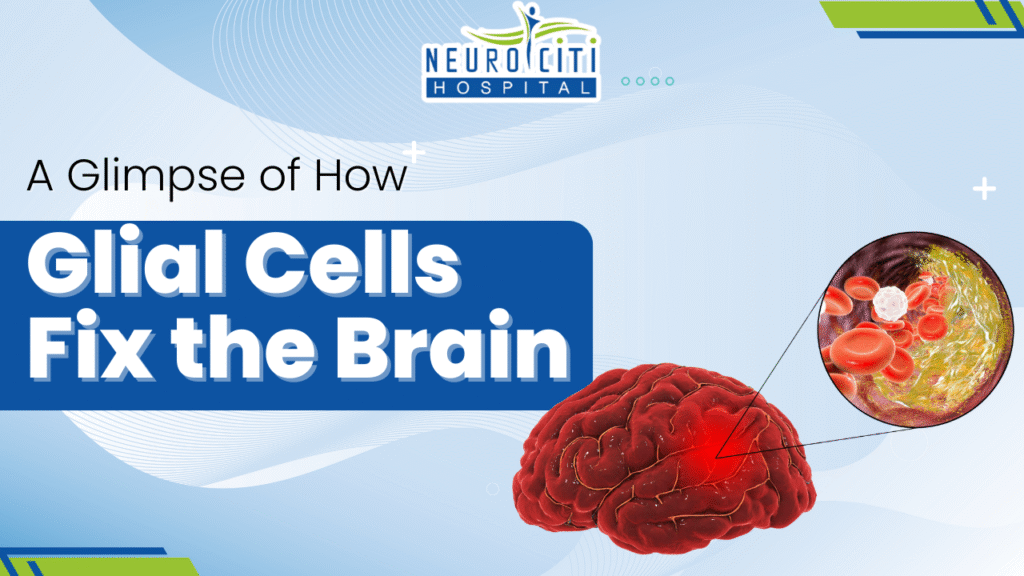Responsible for protecting the neurons, glial cells are the core cells that keep the overall nervous system up, functioning, and healthy. Neurologists use these non-neurological cells to provide support and revival to the brain when there is injury. These cells are huge in number, such that they overtake neurons. They fall under five categories or types, which are astrocytes, oligodendrocytes, microglia, ependymal cells, radial glia, schwann cells, and satellite cells. Each one of these has its function, and some of these are maintaining ion balance, clearing dead cells, regulating injury response, managing the CFS flow, and supplying nutrients. Neurociti Hospital is the best center to visit for all brain and neurological challenge treatments.
What Happens After Brain Injury Gliosis and the Glial Scar?
When trauma, a disease, or a stroke causes damage to the brain, the neurons cease to exist. The surrounding glial cells rapidly react, leading to gliosis, which manifests in three main phases listed and explained below.
Microgliosis: The migration of microglia to the injury site is to remove deposits. This happens within hours after the damage.
Oligodendrocyte precursor recruitment: A few days after the injury, the oligodendrocyte cells arrive at the injured spot to support remyelination in the nervous system.
Astrogliosis: This is when the glial scar is formed due to the proliferation of astrocytes. The scar aids in sealing the blood-brain barrier, reducing inflammation.
Molecular Pathways Deriving Glial Scar Formation
The proliferation and activation of the astrocytes are driven by these pathways. Other glial cells, like microglia, are also activated, causing the formation of a physical barrier that protects and repairs the injured area. On the other hand, the scar formed prevents the regeneration of neurons and causes chronic pathology. There are various key molecular players and pathways, including cytokines and chemokines, interleukin, transforming growth factor, and signal transducer and activator of transcription 3.
Glia To Neuron Reprogramming—A Revolutionary Approach
The neuron reprogramming approach involves a process in which glial cells are converted into functional neurons, replacing neurons in the neurological disorder. The method involves manipulating glial cells because there are a lot of them in the brain. This is done to express neuron-specific genes, transforming them into neurons. This approach aims at restoring the loss of neurons in challenges and conditions such as epilepsy, brain injuries, and neurodegenerative disease.
Clinical Outlook And Future Directions
Chemical Reprogramming—Scientists keep a mixture of small molecules to convert human astrocytes into neurons, offering a non-pill therapy in the future. They also take advantage of the tailored timing method, which involves anti-scar agents working on reprogramming after scar onset.
In conclusion, neurologists use non-neurological cells called glial cells to provide support and repair to the brain when there is injury. These cells are so abundant in the brain that they overtake neurons. They fall under five categories or types, which are astrocytes, oligodendrocytes, microglia, ependymal cells, radial glia, Schwann cells, and satellite cells. Each one of these has its function, and some of these are maintaining ion balance. Treatments for brain injuries are best taken care of at the best neurological hospital in Ludhiana.


